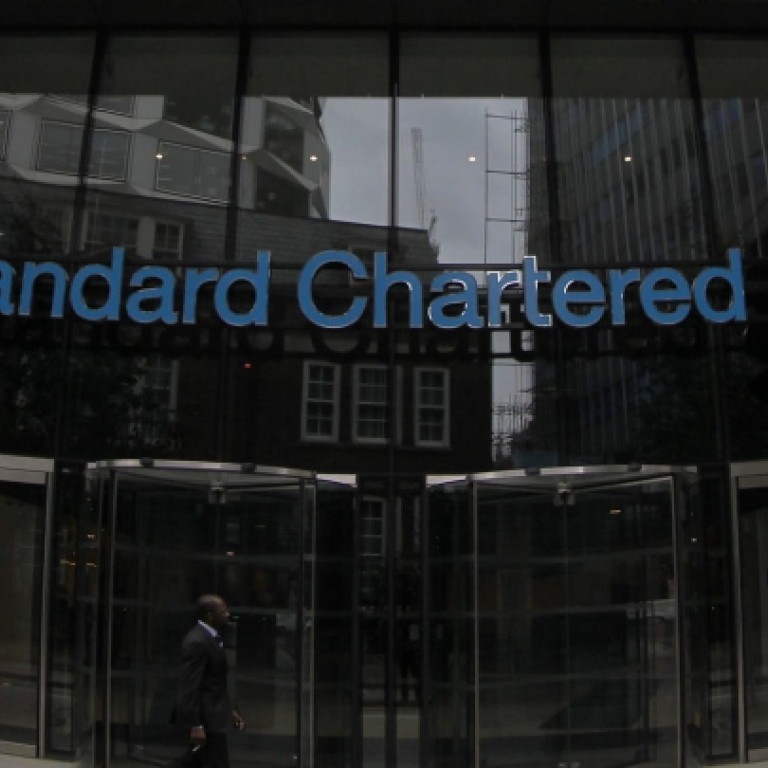
StanChart hurt by S. Korean weakness
Bank says it missed targets in first half of year as loan impairments rose in South Korea and British bank levy jumped by 75 per cent
A deterioration in asset quality, especially in South Korea, and a 75 per cent jump in the bank levy in Britain helped drag Standard Chartered's performance in the first half of the year below its targets for revenue and income growth.
Standard Chartered did better in the second quarter than in the first and last year, finance director Richard Meddings told a teleconference yesterday, but he expected income growth to be in single digits this year.
Income for the first half was expected to grow in the mid-single digits.
Standard Chartered's shares in London rose 3.93 per cent to 1,465.5 pence (HK$174.68) after the bank released its trading update but fell back to close at 1,430.5 pence, up 1.45 per cent on the day.
The bank expected overall loan impairments to rise 15 per cent in the first half from the same period last year.
The consumer bank division remained in good shape in Hong Kong and Africa, with income growth in double digits, but Korea and Singapore were weak.
Credit quality deteriorated as loan impairments from consumer banking would rise US$120 million from the previous six months, it said.
Out of the total consumer bank loan impairments, almost 40 per cent were in Korea. This was largely because of the country's personal debt rehabilitation scheme, a government policy to protect consumers that might lead to bad loans in banks, the bank said.
The bank might reassess the value on its balance sheet of goodwill in Korea, which might lead to an impairment from the current value of US$1.8 billion, an analyst said.
Standard Chartered's net interest margin was stabilising, and Meddings said he expected it to be strong.
Net interest margin, a measure of the profitability of loans, was expected to fall 0.2 percentage point in the first half from the end of last year, reflecting margin compression arising from high levels of liquidity in the markets where the bank operates.
Dominic Chan, an analyst at BNP Paribas, said he expected Standard Chartered to benefit when the US started to wind down its quantitative easing.
"Competition among the banks will be less when funding costs increase," Chan said. "This could relieve the margin pressure on StanChart".
Costs grew broadly in line with income, and the number of employees had been reduced in the second quarter, the bank said. It reached last year's level, 89,058, at the end of last month.
Meddings said the bank's subsidiary on the mainland had adequate liquidity because of its low loan-deposit ratio, so the recent cash crunch did not have a material impact on it.
